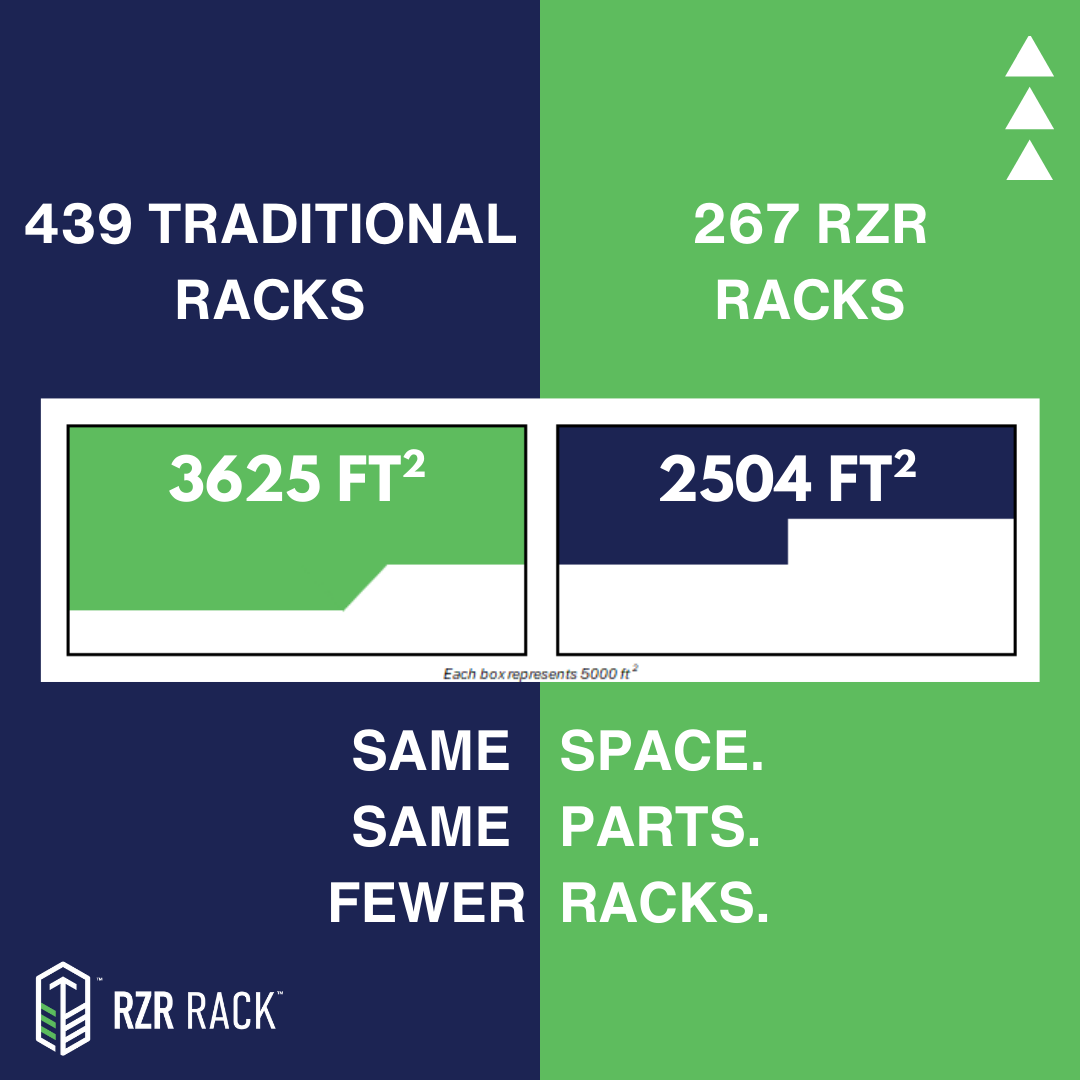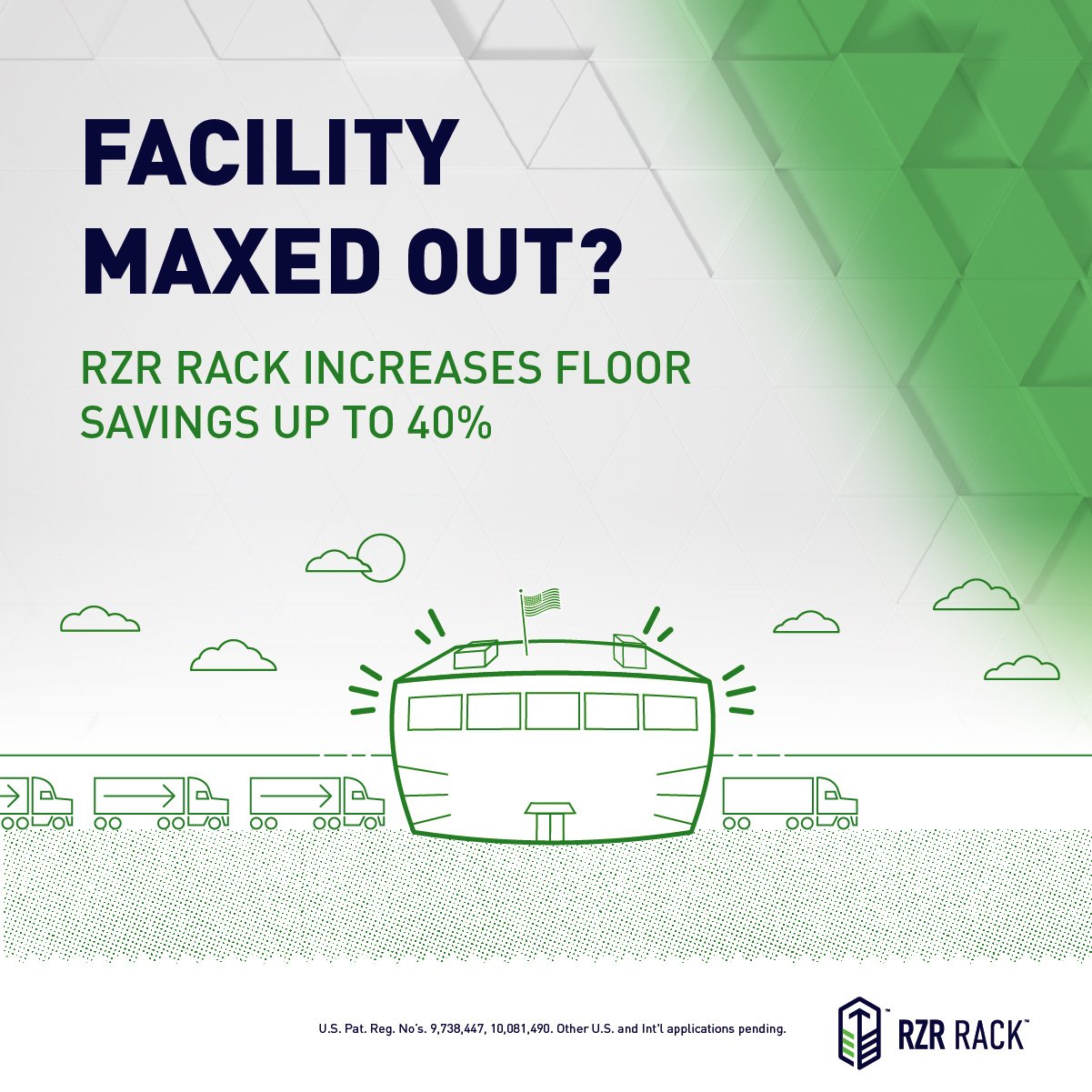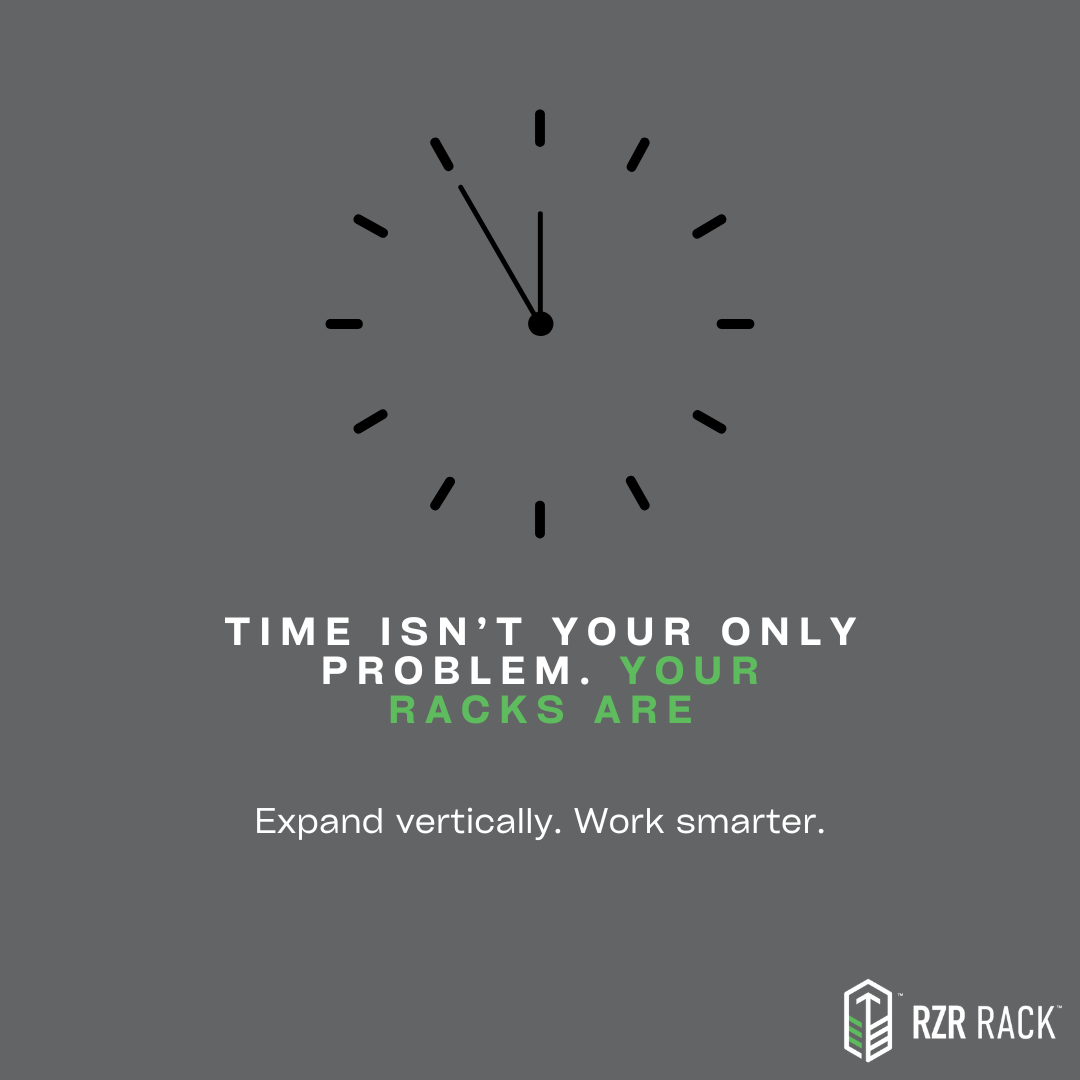In recent years, the cost of renting commercial and industrial real estate has skyrocketed. Whether you operate in warehousing, manufacturing, or retail, rising lease prices are putting significant pressure on businesses. For companies that rely on rented space, this means higher overhead costs, tighter profit margins, and tough decisions about space utilization.
So, what’s causing this increase, and more importantly, how can businesses mitigate these challenges?
Why Are Rental Prices Increasing?
Several factors contribute to the rise in commercial and industrial rental costs:
1. High Demand and Low Supply
Industrial real estate vacancy rates have dropped significantly, especially in logistics hubs and major metropolitan areas. With e-commerce booming and companies expanding operations, the demand for warehouse and manufacturing space is at an all-time high.
2. Inflation and Rising Construction Costs
The cost of materials, labor, and land development continues to climb, making new construction more expensive. As landlords pass these costs onto tenants, rental rates increase.
3. Interest Rates and Market Trends
Higher interest rates have slowed new commercial property developments, leading to a limited supply of available space. Additionally, real estate investment firms have been acquiring properties and raising rents to maximize returns.
4. Shift in Business Operations
Many companies are bringing manufacturing and distribution closer to home (reshoring) due to global supply chain disruptions. This shift further drives demand for warehouse and production space, leading to higher lease prices.
How This Affects Businesses
For companies that rent commercial or industrial space, these rising costs translate into:
-
Higher Operating Expenses – Increased rent cuts into profit margins and limits reinvestment opportunities.
-
Reduced Space Availability – Some businesses are forced to downsize or reorganize due to budget constraints.
-
Operational Inefficiencies – When space is limited, workflow can become less efficient, leading to higher labor costs and production slowdowns.
Solutions: How Businesses Can Combat Rising Rental Costs
While rental prices may continue to rise, businesses can take proactive steps to minimize their impact.
1. Optimize Space Utilization
Maximizing the efficiency of your current space can reduce the need for additional square footage. Solutions like vertical storage racks (such as the RZR Rack) can help businesses increase storage density by up to 60% while freeing up 40% of floor space.
2. Improve Workflow and Material Handling
Reducing the number of unnecessary racks, improving inventory organization, and using returnable packaging solutions can help companies maximize their existing space. Innovative solutions like modular storage systems can adapt to fluctuating inventory levels without requiring additional square footage.
3. Explore Alternative Locations
While prime industrial zones come with higher rental costs, businesses can explore locations outside of major logistics hubs where prices are lower. Many companies are shifting to secondary markets where land is more affordable but still provides access to transportation networks.
4. Consider Leasing vs. Owning
For businesses with long-term growth plans, purchasing a facility instead of renting can be a cost-effective alternative. While this requires an upfront investment, it eliminates the uncertainty of rental price hikes and provides potential tax advantages.
5. Negotiate Lease Terms
If relocation isn’t an option, businesses can work with landlords to negotiate better lease terms. This could include:
-
Longer lease agreements to lock in current rates
-
Rent caps or staggered increases to avoid sudden spikes
-
Tenant improvement allowances to offset space modifications
6. Reduce Freight and Transportation Costs
For companies that rely on shipping and logistics, consolidating shipments, optimizing truckloads, and reducing the number of warehouse moves can offset increased rent costs. Solutions like maximizing trucking freight capacity can help businesses make better use of their storage and transportation systems.
Conclusion
As real estate prices continue to rise, companies that rent must find innovative ways to control costs and optimize operations. By making strategic adjustments—such as improving space utilization, negotiating leases, and investing in smarter storage solutions—businesses can navigate these challenges without sacrificing efficiency or profitability.
If you're looking for ways to maximize your space and cut down on unnecessary expenses, solutions like the RZR Rack and other returnable packaging systems could be a game-changer. Investing in the right material handling and storage solutions can help you work smarter, not harder while keeping costs under control.
Want to learn more about how space-saving solutions can help your business? Let’s start the conversation!


